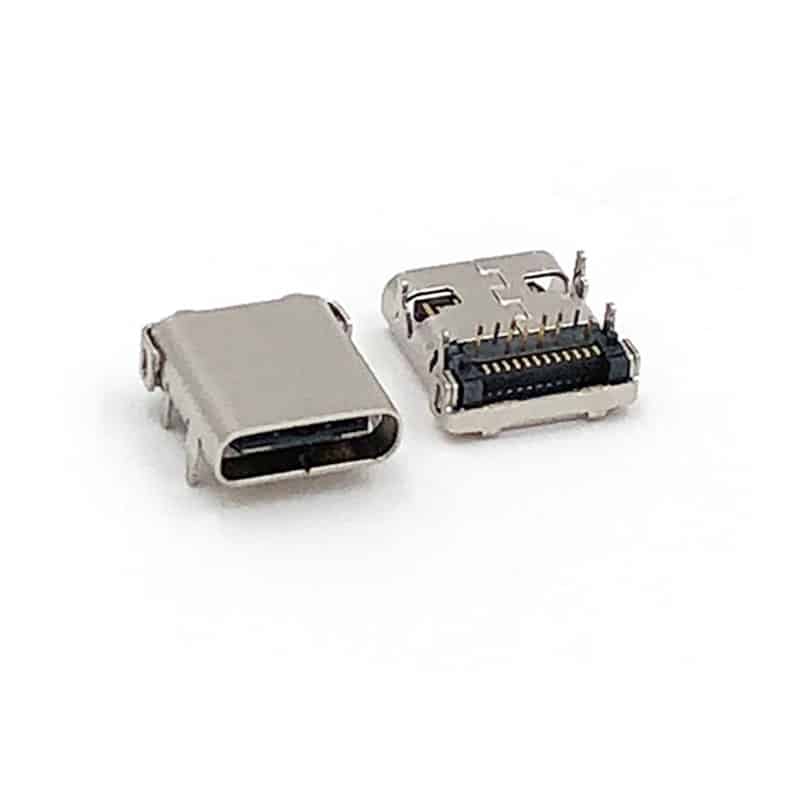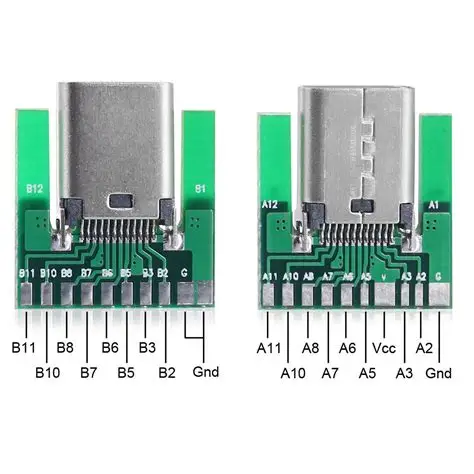Des: 16 pin USB C Connector DIP vertical Type-c female connector 16pin H6.5 6.8
Part No: USB-TC16-F09
Specification:
Rating: 5A ,30VDC
Insertion force: 20N Max
Withdrawal force: 5-20N
Operating Life: 10,000Cycles
Packaging: Reel/Tray

Des: 16 pin USB C Connector DIP vertical Type-c female connector 16pin H6.5 6.8
Part No: USB-TC16-F09
Specification:
Rating: 5A ,30VDC
Insertion force: 20N Max
Withdrawal force: 5-20N
Operating Life: 10,000Cycles
Packaging: Reel/Tray

Common Type-C connectors include those used in mobile phones, digital cameras, and scanners. Do you understand the manufacturing process for these products? Type-C connectors, with their convenient reversible insertion and powerful high-speed transmission capabilities, have become the universal interface for modern electronic devices. Their manufacturing process is an art that integrates materials science, precision manufacturing, and automation, mainly comprising four

Today we will explain some word abbreviations, like what is PCB, SMT, SMD, I/O, etc. What Is PCB? PCB stands for Printed Circuit Board. It is a crucial part of electronic devices and systems, providing the platform for electronic components to be mounted and interconnected. Here are some key aspects of PCBs: Function: PCBs serve as the backbone of electronic

Choosing a USB-C connector with different pin configurations primarily involves a trade-off between functional completeness and cost to suit diverse application scenarios. The table below provides a quick overview of their core differences in different pins. Pin Configuration Core Functional Features Typical Application Scenarios Cost Considerations 24-pin (Full-featured) Supports all functions including high-speed data transfer (USB 3.0/3.1/4), PD fast charging,
Are you looking for a reliable electronic connector manufacturer to support your business with high-quality products at competitive pricing?